The potential for nuclear conflict has significantly increased over recent times, warn experts, thanks to states’ increasingly reckless rhetoric
The risk of global nuclear conflict has increased significantly within recent months, experts have told The i Paper, with regional conflicts threatening to escalate to a point they become existential worldwide.
Russia’s war with Ukraine, Vladimir Putin and Donald Trump’s nuclear sabre-rattling, tensions between India and Pakistan, Iran’s determination to get the bomb, and the West’s increasing fear of China as a superpower have all heightened the threat of nuclear armageddon, nuclear proliferation analysts warned.
“The risk of nuclear conflict is massively higher than should be tolerable,” Paul Ingram, research affiliate for the Centre of Existential Risk at the University of Cambridge, said. “The threat has increased significantly in the last few years – and probably in the last couple of months.”
Professor Andy Stirling, who focuses on nuclear policy at the University of Sussex, said there was “a big mismatch between the perceived threat and the actual threat” of nuclear conflict, which was now much greater than most people realise.
“We have been living under an absolutely massive nuclear threat for decades and, at some point, our luck is going to run out,” Stirling said.
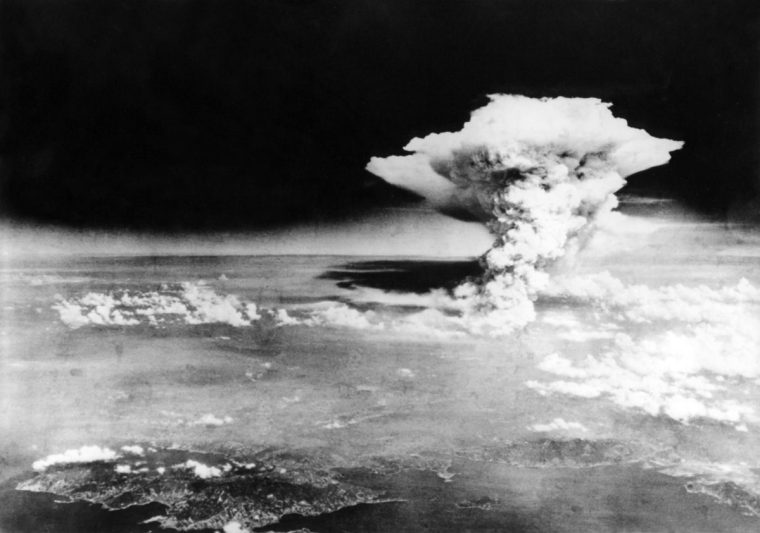
Putin and Trump’s sabre-rattling
Since the start of Putin’s invasion of Ukraine, Russia has repeatedly issued nuclear threats against the West. Three days after invading Ukraine, it put Russia’s deterrence forces on “high combat alert”, claiming that this was in response to aggressive rhetoric from the West, while in October 2023 it conducted drills that included a simulated nuclear exchange. A couple of months later it announced that tactical nuclear weapons had been moved to Belarus.
More recently, the nuclear threat has risen thanks to Trump, Ingram said. The risk had been particularly exacerbated by the American President, who had had a “significant impact” on the worldwide culture and discourse around nuclear weapons. He pointed towards Trump’s preferred “approach to dealing and squaring up to confrontation”.
“His attitude that you have peace through strength, par excellence, is leading into government positions across the world, but particularly around the threat of nuclear use,” Ingram said.
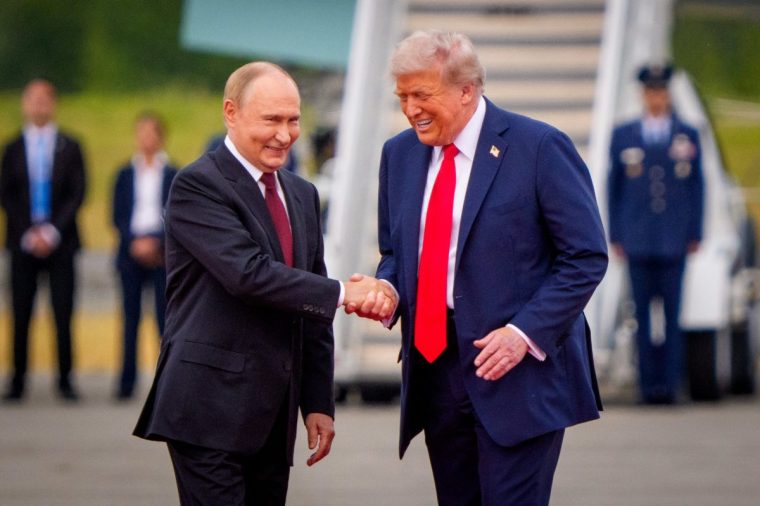
The US President this month ordered two nuclear submarines to “be positioned in the appropriate regions” in response to what he said were “highly provocative” comments by former Russian president Dmitry Medvedev.
Russia and the US possess the most nuclear arms in the world, believed to be around 1,550 each, and both countries have a fleet of nuclear submarines at their disposal. Tensions have since appeared to cool between both nations, at least temporarily, as Trump and Putin met to discuss the war in Ukraine in Alaska last week.
“Putin has not rattled the nuclear sabre any more than Trump has,” Ingram said. “If you look at the statements that Putin has made, they have not been explicitly aggressive – they are just a message of ‘remember we’re a nuclear superpower’.”
Other key Russian statesmen have gone much further, including Medvedev, who suggested Russia would be willing to deploy its arsenal. Russian state television has also repeatedly proposed a willingness to resort to nuclear conflict.
“It’s difficult to gauge the intent and willingness of the Russians to go the full hog and genuinely start preparing to bring nuclear weapons into the equation,” Ingram said. “My reading is that the Russians have never been as close as the Americans.”
The nuclear analyst said the threat still remained from both the US and Russia, despite the recent Alaska meeting.
“When both sides are signalling in this way, it can be extremely dangerous”, Ingram said. “Things can get out of control very quickly.”
Dr Sidharth Kaushal from the Royal United Services Institute think-tank was less concerned about an imminent threat from Russia. “In the absence of a catastrophic conventional failure on Russia’s part, which I don’t see on the horizon, the likelihood of them using a nuclear weapon is quite low,” he said.
He suggested Russia was, for now, more interested in holding the threat of nuclear escalation over the US, to stop it from intervening in Europe.
Resistance to China’s rise
China’s rise as a global superpower has further raised the nuclear threat, experts said, as they warned of a growing view, particularly within the US, that conflict with China was “almost inevitable”.
“The West has had a position of dominance for so long, and there is naturally a resistance to a new peer on the block that limits the capacity of the West to get its way,” Ingram said.
“There are a large number of people within Western elites who are willing to raise the stakes in order to resist that Chinese influence – particularly within the United States,” he added, and an attitude that conflict with China was almost inevitable.
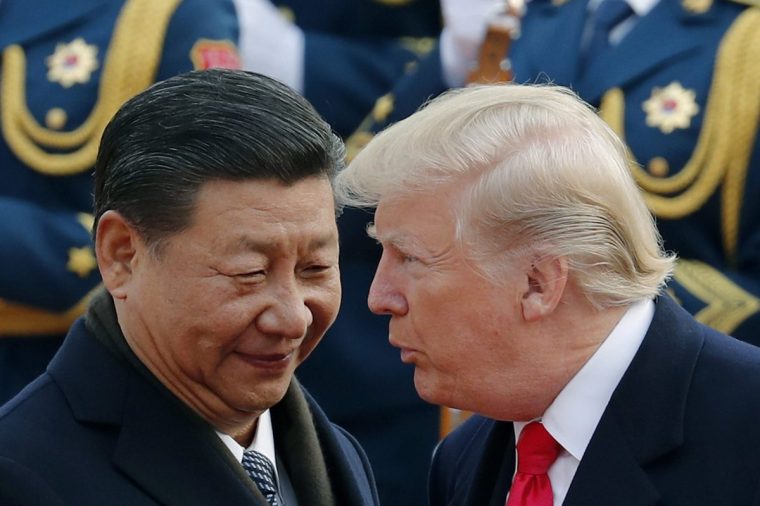
“There is a theory in Washington that having that conflict sooner rather than later is preferable, because the longer you leave it, the more powerful China becomes.”
Kaushal also noted that China was likely to continue to expand its estimated 600 fielded warheads to compete with Russia and the US.
“It is presumed that China will get to a 1,000-plus in the early 2030s, at which point it will be a nuclear equivalent to the US and Russia,” he said.
“This will make things even more complex for the US, because it will face the prospect theoretically of a China-Russian alliance that has more nuclear weapons than it does.”
Despite admitting the threat, Ingram said it was “increasingly less likely” that China would fire nuclear weapons in an exchange with the US. He said China’s conventional military capabilities were also improving, and so would not be as easily backed into deploying warheads.
Iran may now be racing for the bomb
A greater threat comes from Iran after it was “heightened” by Trump when the US struck Tehran’s nuclear bases this year in a co-ordinated attack with Israel.
“The capacity of Iran to build nuclear weapons has been degraded,” Ingram said, but added that it was unknown what capabilities Iran still possesses after it terminated access for the International Atomic Energy Agency (IAEA) following the strikes.
Iran still holds 440kg of highly enriched uranium, the IAEA believes – material that it could enrich to nuclear weapons-grade levels.
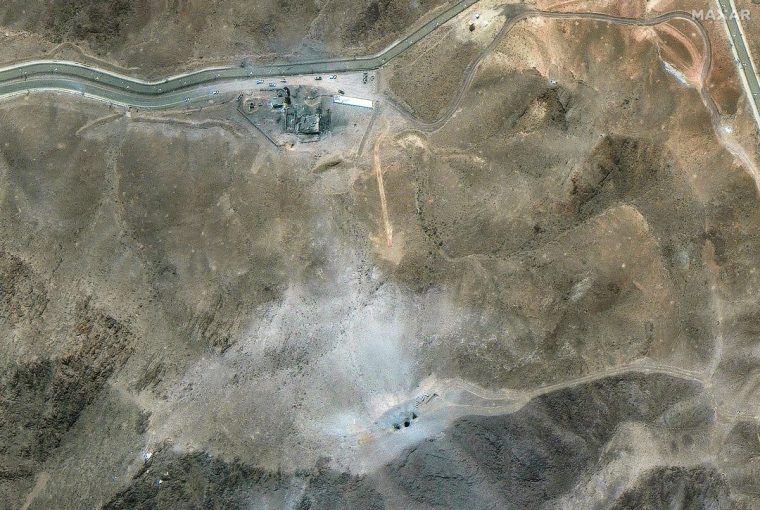
“The belief amongst most of us in the expert community is that the Iranians will have taken that 440kg away from dangerous sites prior to the bombing, and the bombing itself would not have destroyed the sites, it would just have made them less accessible.
“It all adds up to quite a dangerous situation where their capacity has been marginally degraded, but the incentives for Iran to go nuclear have gone through the roof,” Ingram said.
He said Iran’s other “strategic deterrence capabilities”, such as its proxy groups Hezbollah in Lebanon and Hamas in Gaza had been heavily depleted by Israel, “so the calls within Tehran to develop nuclear deterrence will have massively increased”.
The most imminent risk?
Ingram said the most imminent nuclear risk was perhaps the tensions between India and Pakistan. The neighbouring countries, each with their own arsenal of nuclear weapons, came close to war in May after militants killed 26 people in Indian-administered Kashmir, an attack New Delhi blamed on Islamabad. While Pakistan denied any involvement, tensions have not subsided.
India exacerbated concerns on Wednesday again after it successfully test-fired an intermediate-range ballistic missile. The missile is capable of carrying a nuclear warhead to any part of China.
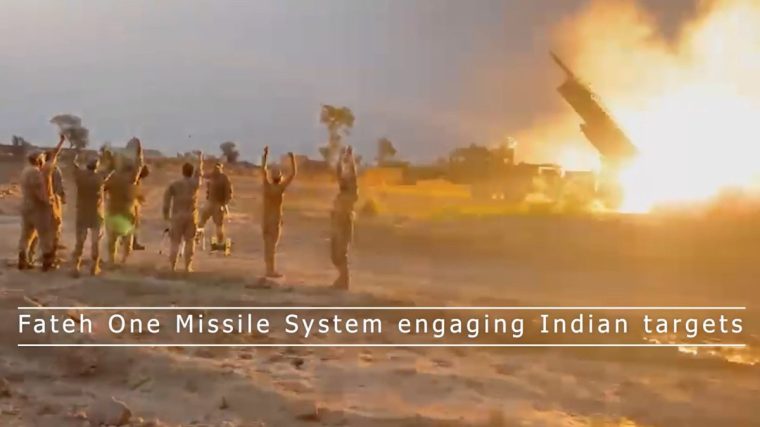
“I was most fearful of nuclear use at that point,” Ingram said, “not least because the Indians are vastly more capable than the Pakistanis militarily, so there is an incentive for Pakistan to make nuclear threats, and then put themselves in a corner.”
Ingram also suggested North Korea continued to remain dangerous because it was militarily weaker than its adversaries and was thus more likely to resort to nuclear weapons.
Rise of a reckless global nuclear culture
Rather than suggesting a single threat came from any one country, Stirling warned of a “global culture” that had developed in which states were “threatening existential, catastrophic destruction of the world” as a way of preserving international security.
Ingram shared the same concern. “When people talk about the rise of nuclear risk they often talk about particular individuals – Putin being aggressive, or the like,” the analyst said. “But actually this is a symptom rather than a cause.”
He said there was a “systemic” inflation of pressure which had been building among nuclear-capable states, which were making them more amenable to proceeding to nuclear war.
One of the most prevailing fears, Stirling added, was of “accidental release” or “miscommunication” between states.
“We have this sort of very romantic, idealistic idea of nuclear control,” he said. “And actually it is not like that. Some of the most likely scenarios are accidents, misunderstandings, and failures.
“We live in a world where there’s a whole bunch of fingers on buttons, both at the heads of countries and going right down the chain. And any of those, mistakenly or deliberately, could initiate absolutely catastrophic harm all around the world. It’s the entire complex that’s the problem.”
